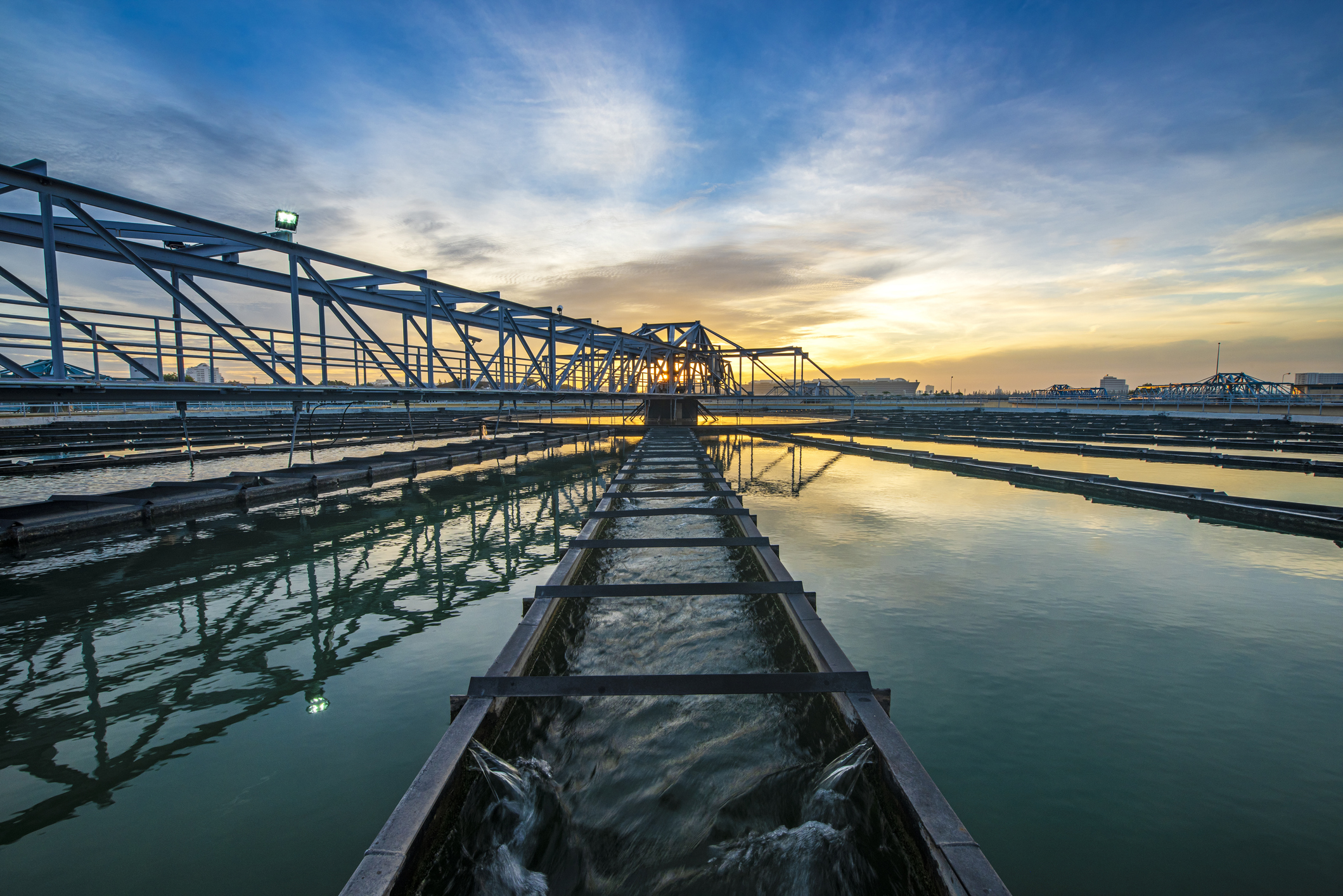The controversy surrounding the presence of per- and polyfluoroalkyl substances (PFAS) in drinking water has intensified following a landmark rule by the Environmental Protection Agency (EPA) aimed at drastically reducing these harmful chemicals. However, this move has not gone unchallenged, as it sparked a series of lawsuits from industry groups and water utilities, highlighting a significant public health and legal battle that could shape the future of public water safety in the United States.

The Legal Challenge Against EPA’s New Rule
Late Monday, a coalition of chemical and manufacturing groups filed a lawsuit against the federal government, asserting that the EPA’s stringent new drinking water standard, which requires the near elimination of six PFAS chemicals, oversteps the authority granted under the Safe Drinking Water Act. This filing, made in the Court of Appeals for the District of Columbia, argues that the rule is “arbitrary, capricious, and an abuse of discretion.”
The American Chemistry Council and the National Association of Manufacturers, leading the charge, contend that the EPA has underestimated both the economic impact and the technical feasibility of removing PFAS from municipal water systems. Similarly, the American Water Works Association and the Association of Metropolitan Water Agencies have raised concerns, suggesting that the costs associated with compliance could double the EPA’s estimate of $1.5 billion annually, ultimately burdening taxpayers with higher water rates.
Health Risks and the Science Behind the Rule
PFAS, often referred to as ‘forever chemicals’ due to their persistence in the environment, have been linked to a variety of health risks. According to the EPA and health studies, exposure to these chemicals can lead to developmental delays in children, decreased fertility, and an increased risk of certain cancers. The urgency of these health risks prompted the EPA’s April rule, aimed at protecting public health by preventing thousands of deaths and reducing tens of thousands of serious illnesses each year.
Brenda Mallory, chair of the White House Council on Environmental Quality, defended the administration’s actions in a recent public address, stating, “Everyone should be able to turn on the tap and know that the glass of water they fill is safe to drink.” The EPA officials echoed this sentiment, asserting that the new standard is grounded in the best available science and is designed to be robust enough to withstand legal challenges.

Economic Implications and Federal Support
The debate over the EPA’s rule also encompasses significant economic considerations. Water utilities across the nation predict that the cost of compliance could be much higher than anticipated, potentially leading to increased rates for consumers. In response to these concerns, the Biden administration’s bipartisan infrastructure law, passed in 2021, has allocated $9 billion to aid communities in addressing PFAS contamination, with $1 billion earmarked specifically for initial testing and treatment efforts.

A Watershed Moment for Water Safety
The ongoing lawsuits and debates underline the complexities and challenges of regulating substances like PFAS in drinking water. As this legal battle unfolds, it will not only determine the responsibilities of chemical manufacturers and water utilities but also set a precedent for how the United States addresses contaminants that pose long-term health risks to its citizens. With the federal government stepping in to provide financial and scientific support, the outcome of this conflict will likely have profound implications for public health policy and the quality of drinking water in America.










